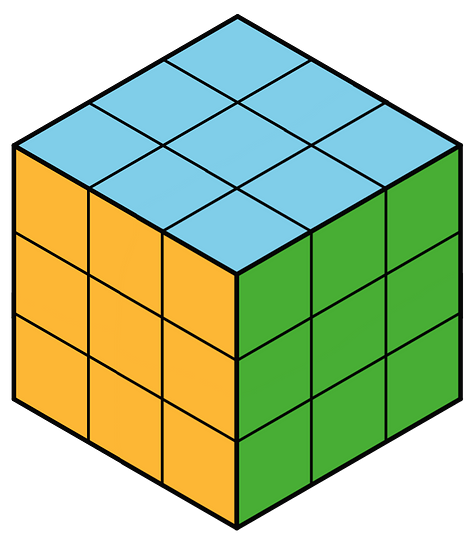Lesson 13Tables and Double Number Line Diagrams
Let’s contrast double number lines and tables.
Learning Targets:
- I can create a table that represents a set of equivalent ratios.
- I can explain why sometimes a table is easier to use than a double number line to solve problems involving equivalent ratios.
- I include column labels when I create a table, so that the meaning of the numbers is clear.
13.1 Number Talk: Constant Dividend
-
Find the quotients mentally.
- Locate and label the quotients on the number line.

13.2 Moving 3,000 Meters
The other day, we saw that Han can run 100 meters in 20 seconds.
Han wonders how long it would take him to run 3,000 meters at this rate. He made a table of equivalent ratios.
- Do you agree that this table represents the situation? Explain your reasoning.
| 20 | 100 |
| 10 | 50 |
| 1 | 5 |
| 3,000 |
- Complete the last row with the missing number.
- What question about the situation does this number answer?
- What could Han do to improve his table?
- Priya can bike 150 meters in 20 seconds. At this rate, how long would it take her to bike 3,000 meters?
-
Priya’s neighbor has a dirt bike that can go 360 meters in 15 seconds. At this rate, how long would it take them to ride 3,000 meters?
13.3 The International Space Station
The International Space Station orbits around the Earth at a constant speed. Your teacher will give you either a double number line or a table that represents this situation. Your partner will get the other representation.
- Complete the parts of your representation that you can figure out for sure.
- Share information with your partner, and use the information that your partner shares to complete your representation.

- What is the speed of the International Space Station?
- Place the two completed representations side by side. Discuss with your partner some ways in which they are the same and some ways in which they are different.
- Record at least one way that they are the same and one way they are different.
Are you ready for more?
Lesson 13 Summary
On a double number line diagram, we put labels in front of each line to tell what the numbers represent. On a table, we put labels at the top of each column to tell what the numbers represent.
Here are two different ways we can represent the situation: “A snail is moving at a constant speed down a sidewalk, traveling 6 centimeters per minute.”
Both double number lines and tables can help us use multiplication to make equivalent ratios, but there is an important difference between the two representations.
On a double number line, the numbers on each line are listed in order. With a table, you can write the ratios in any order. For this reason, sometimes a table is easier to use to solve a problem.
For example, what if we wanted to know how far the snail travels in 10 minutes? Notice that 60 centimeters in 10 minutes is shown on the table, but there is not enough room for this information on the double number line.
Lesson 13 Practice Problems
The double number line shows how much water and how much lemonade powder to mix to make different amounts of lemonade.
Make a table that represents the same situation.
A bread recipe uses 3 tablespoons of olive oil for every 2 cloves of crushed garlic.
- Complete the table to show different-sized batches of bread that taste the same as the recipe.
- Draw a double number line that represents the same situation.
- Which representation do you think works better in this situation? Explain why.
olive oil (tablespoons) crushed garlic (cloves) 3 2 1 2 5 10 Clare travels at a constant speed, as shown on the double number line.
At this rate, how far does she travel in each of these intervals of time? Explain or show your reasoning. If you get stuck, consider using a table.
- 1 hour
- 3 hours
- 6.5 hours
Lin and Diego travel in cars on the highway at constant speeds. In each case, decide who was traveling faster and explain how you know.
- During the first half hour, Lin travels 23 miles while Diego travels 25 miles.
- After stopping for lunch, they travel at different speeds. To travel the next 60 miles, it takes Lin 65 minutes and it takes Diego 70 minutes.
A sports drink recipe calls for tablespoons of powdered drink mix for every 12 ounces of water. How many batches can you make with 5 tablespoons of drink mix and 36 ounces of water? Explain your reasoning.
In this cube, each small square has side length 1 unit.
- What is the surface area of this cube?
- What is the volume of this cube?
